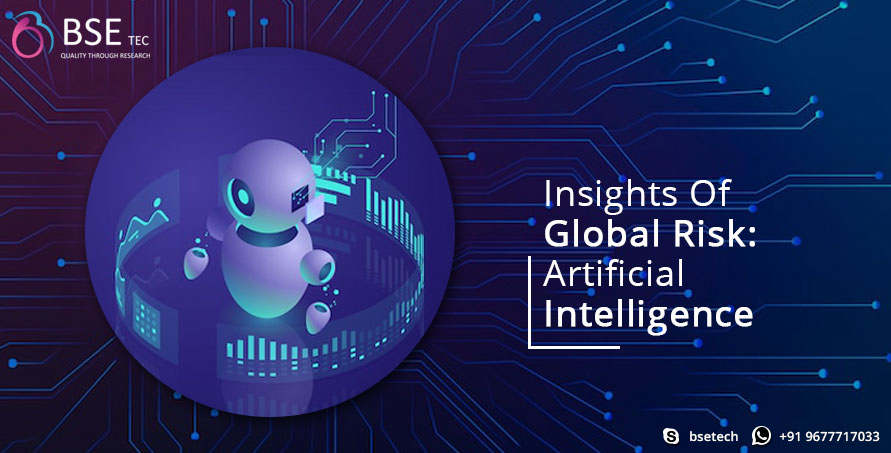
Physical AI is altering the way machines interact with the real environment. Robotics, IoT, and machine learning collaborate to create intelligent systems. A new era when machines can perceive their surroundings, recognise patterns, and act on their own is being shaped by this potent mix. It represents the next significant development in intelligent automation.
Understanding physical AI:
Physical AI is about providing machines the ability to detect their surroundings and respond autonomously. It introduces intelligence into the real world, letting gadgets behave, adapt, and naturally make judgments, similar to a smart assistant that understands its surroundings.
Core components
- Sensors collect data from various parts of the environment, such as cameras, LiDAR scanners, and temperature sensors.
- Actuators: These perform physical actions based on an AI’s judgment (for example, robotic arms or motors).
- AI Algorithms: Sense information and events, store data from previous experiences, and conclude.
- Embedded Systems: On machines, enable flawless interface and processing, allowing mathematical operations to be done.
Physical AI is the intersection between digital intelligence and the real world. It’s where robotics, the Internet of Things, and machine learning come together to build autonomous systems that can act, feel, and learn; it’s like giving machines a body, a nervous system, and a brain.
Why this combination is becoming the backbone of modern automation
- Robotics provides the system with action — the ability to move, lift, operate, and interact with its surroundings.
- IoT delivers awareness through sensors that collect real-time data about what’s going on around a machine.
- Machine Learning provides intelligence – the ability to examine data, detect trends, and make better decisions over time.
How Robotics, IoT, and Machine Learning Come Together
Today’s intelligent machines are not based on a single technology. They are the product of three powerful systems working together: robotics, IoT, and machine learning. When these layers unite, a machine no longer acts as a tool but rather as an intelligent partner capable of sensing, thinking, and responding.
Robotics → The Physical Body
Robotics serves as the foundation for Physical AI by giving the system a physical presence.
These are the machines that can transport stuff, navigate spaces, pick and put items, and even interact with humans.
Modern robots are designed to perform jobs with extreme precision and consistency. They don’t just move; they calculate precise angles, apply force, and react to obstructions. Whether it’s a robotic arm at a factory or an autonomous mobile robot in a warehouse, robotics offers:
- Motion and Mobility
- Precision control
- Safe engagement with humans
- The capability to do repetitive actions without tiredness
Robotics is the body that performs real-world tasks.
IoT → The Connected Nervous System
Robots are powerful yet blind. Here’s where IoT comes in.
The Internet of Things provides machines with the senses they need to understand their surroundings.
The system collects continuous streams of data from sensors and connected devices, including temperature, pressure, location, vibration, energy consumption, and movement. These sensors are linked together via networks, just as a human nervous system constantly sends impulses to the brain.
IoT enables:
- Real-time monitoring
- Data exchange between devices
- Environmental awareness
- Immediate response to changes
This “nervous system” ensures that the machine is always aware of its surroundings.
Machine Learning → The Digital Brain
Once a robot collects data via IoT, somebody must make sense of it; this is where Machine Learning comes in.
Machine learning serves as the system’s brain. It evaluates incoming data, identifies patterns, forecasts consequences, and suggests or initiates actions. Over time, the system gets smarter.
- It learns what regular behaviour looks like
- It forecasts when errors may occur
- It increases efficiency by modifying its own behaviour
- It can adapt to new settings without the need for manual reprogramming
This intelligence layer transforms a simple computer into a true learning system.
Convergence: Creating True Physical AI
The true magic occurs when these three levels combine.
- Robotics provides machines with the power to act.
- The Internet of Things constantly receives information from its surroundings.
- Machine Learning teaches it how to respond to and learn from each action.
Together, they develop physical AI systems that can:
- Sense their surroundings
- Understand difficult data
- Decide in real time
- Act autonomously
- Improve with experience
What happens when these three come together?
Machines that adapt: Robots sense their surroundings and change their activities in real time.
Predictive Systems: Machine Learning examines patterns to avoid problems and optimise operations.
Autonomous collaboration: Connected devices communicate and cooperate without the need for human supervision.
Smarter Physical World: Environments such as industries, hospitals, and farms become more responsive, efficient, and secure.
Behind the Scenes: The Technical Stack of Physical AI
- Sensor and Edge Devices – Collect and process data locally to ensure speedy answers.
- Robotic Control Units – Control your movements and activities precisely.
- AI/ML Models – Analyse data, identify patterns, and make informed decisions.
- Cloud or Hybrid Architecture – Store and process massive datasets using edge and cloud computing.
- Safety and Cybersecurity – Protect machinery, data, and processes from potential hazards.
- API Integration – Connect all components to ensure easy communication and upgrades.
Where BSEtec Fits Into This Space
At BSEtec, we create intelligent systems that combine AI, IoT, automation, and modern engineering to provide real-world solutions. As Physical AI becomes the next major wave in technology, our expertise naturally matches what organisations require to enter this era.
We have a solid foundation in artificial intelligence and machine learning, and we help businesses transform raw data into smart, actionable insights. Because of our expertise in developing IoT platforms and real-time data systems, we can easily connect sensors, devices, and machines to establish a single network.
What distinguishes BSEtec is its capacity to provide end-to-end solutions:
- Integrating IoT sensors to acquire real-time data
- Creating automation interfaces that execute actions.
- Creating AI-powered analytics that recognise patterns and anticipate consequences.
Our team has a strong engineering culture that supports an R&D-driven development approach. This assures that any solution we provide is dependable, scalable, secure, and suitable for enterprise use.
With extensive experience in modern technology stacks like as cloud, edge computing, ML frameworks, and automation systems, BSEtec is well-positioned to assist organisations in implementing Physical AI and incorporating intelligent automation into their processes.
In conclusion
Physical AI is no longer a future notion; it is becoming the fundamental foundation for how enterprises work. As robots, IoT, and machine learning converge, machines develop the ability to sense, reason, and act with previously unimaginable intelligence. This transformation is more than just improving automation; it is altering how businesses operate in the real world.
For organisations ready to embrace this next wave of innovation, the proper IT partner is critical. BSEtec combines significant expertise in AI engineering, IoT integration, automation systems, and cloud-edge architectures to provide solutions that are dependable, scalable, and enterprise-ready.
As Physical AI reshapes sectors, BSEtec is poised to assist organisations in achieving smarter operations, safer surroundings, and totally autonomous systems. The future of intelligent automation has arrived.


